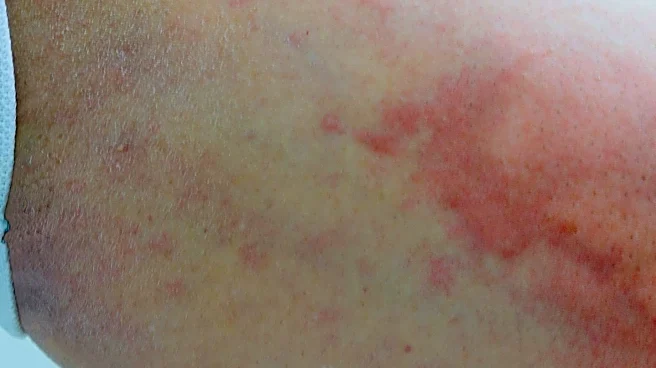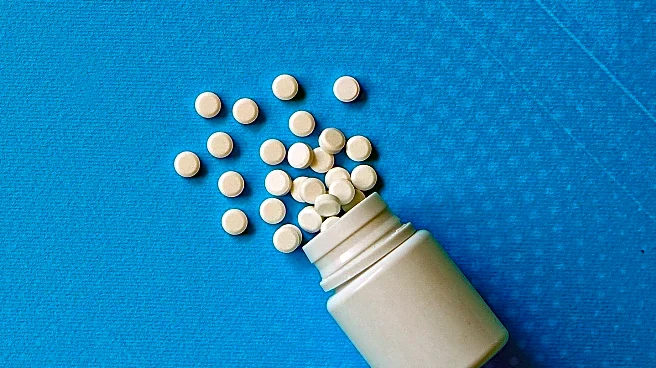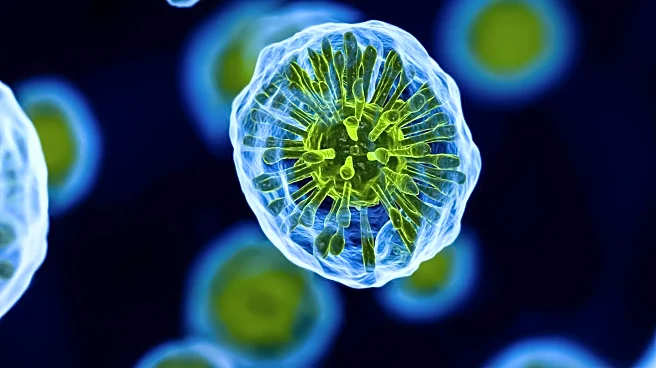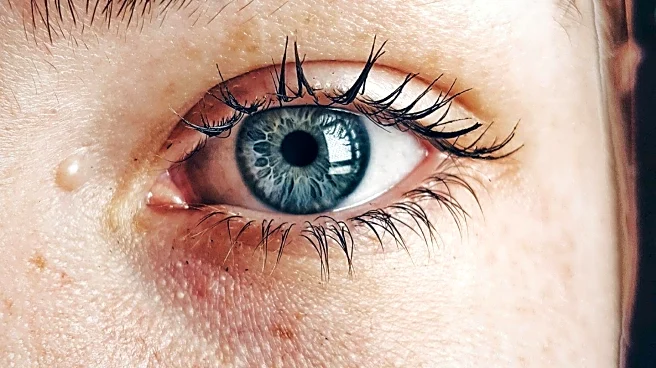What is the story about?
What's Happening?
A team of researchers from University College London and Imperial College London have demonstrated how polymyxins, a class of antibiotics, disrupt the outer membrane of harmful bacteria. Published in Nature Microbiology, the study reveals that polymyxins cause rapid changes on the surface of E. coli cells, leading to the shedding of their protective armor. This process only occurs when the bacteria are active, rendering the antibiotic ineffective against dormant cells. The findings could lead to new treatments for bacterial infections, particularly those caused by drug-resistant bacteria.
Why It's Important?
The study is significant as it addresses the growing concern of antimicrobial resistance, which results in over a million deaths annually. Understanding how polymyxins work can help develop strategies to enhance their effectiveness, potentially reducing the impact of drug-resistant infections. The research suggests combining polymyxins with treatments that activate dormant bacteria, thereby improving antibiotic efficacy. This could lead to more effective therapies and reduce the burden of drug-resistant infections on healthcare systems.
What's Next?
The researchers plan to explore strategies to make polymyxins more effective, such as combining them with treatments that promote armor production or wake dormant bacteria. This approach could help eliminate bacteria that survive antibiotic treatment by entering a dormant state. Further research is needed to understand the mechanisms behind bacterial dormancy and antibiotic resistance, which could lead to the development of new therapeutic strategies.
AI Generated Content
Do you find this article useful?













